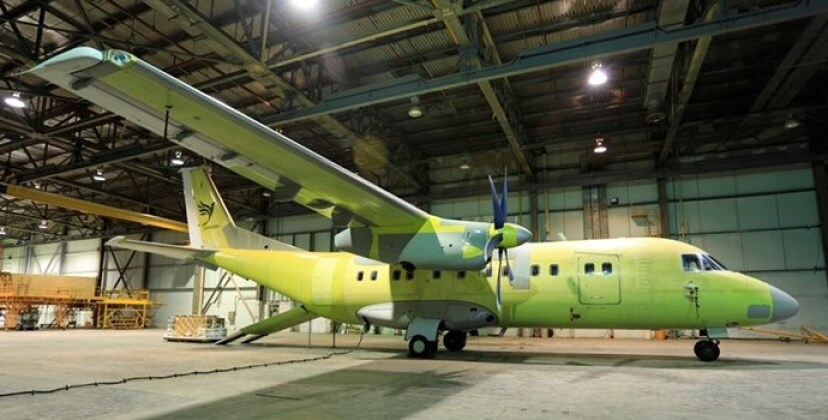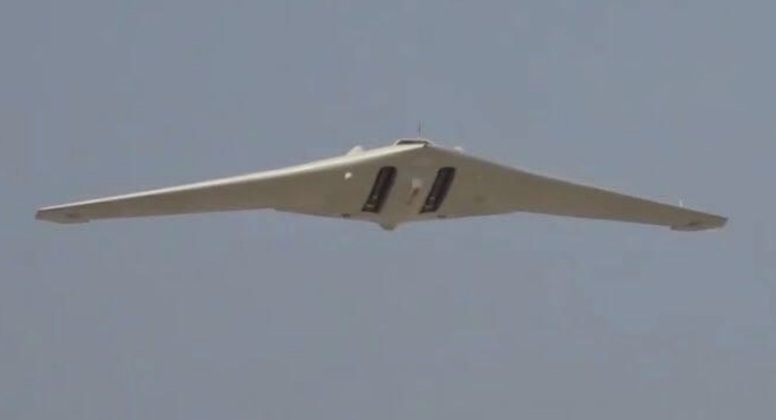The Simorgh-built Iranian Aircraft Manufacturing Industries (HESA) utility turboprop took its maiden flight on May 31 and is expected to replace the US supplier’s C-130 that currently forms the backbone of the fleet. Iran was a major customer of U.S. military aircraft in the 1970s, but has begun phasing out airframes from that era while buying indigenous and Russian aircraft to replace them. Simorgh’s maiden flight took place in the city of Isfahan and was watched by Mohammad Bagheri, chief of staff of the Iranian Armed Forces. The plane, named after an ancient bird from Persian mythology, will make its debut in mid-2022. It is reported to be particularly robust in terms of agility, weight and cargo capacity, and is highly adaptable to the extreme weather conditions that often occur in Iran. Local state media said the plane benefited from “indigenous high-tech materials and was designed to meet Iran’s climatic conditions as well as international standards and regulations.” Commenting on the importance of the aircraft, Army Chief of Staff Brigadier General Mohammad-Reza Ashtiani said: “Given the developments in the region and the threat to the Islamic Republic, aircraft support armed forces in cargo transport and on the battlefield. The force plays an important role.”

Simorgh’s development follows the lifting of the last UN restrictions on Iran’s arms trade following the Joint Comprehensive Plan of Action nuclear deal signed in 2015, which paved the way for Iranian armaments to compete in global markets, including very large turboprop transports . These represent the most widely used type of military aircraft in the world, serving not only air forces but also navies and armies of many nations – some of which have little to no combat aviation capability. The aircraft’s development follows a number of key achievements in Iran’s military aviation, including the successful Kowsar light fighter scheduled to enter serial production in late 2018 to replace the US-supplied F-5 jets, and the widely reported robust capabilities of Iranian drones Russian troops in Ukraine theater.

Perhaps the greatest success of Iran’s military aviation industry has been the development of high-endurance flying-wing stealth drones – drones that only the United States and China can deploy and provide powerful strike and reconnaissance capabilities. According to Israeli sources, although the aircraft were not combat-tested in Ukraine, they proved their combat capabilities during reconnaissance flights over Israeli territory and demonstrated their high survivability. As a non-combat asset, the Simorgh may be easier to export, although Washington has threatened to impose sanctions on any potential customer of Iranian weapons under the Countering American Adversaries Through Sanctions Act, since the aircraft is arguably not strictly a defense-related asset. The Simorgh will likely see civilian use both inside Iran and abroad, just as the C-130 already has a dozen civilian operators. It is uncertain how large the aircraft will be produced, how competitive it will be in terms of operating costs compared with overseas rivals, and whether it will serve in the Navy or Revolutionary Guard Corps in addition to the Iranian Air Force.

